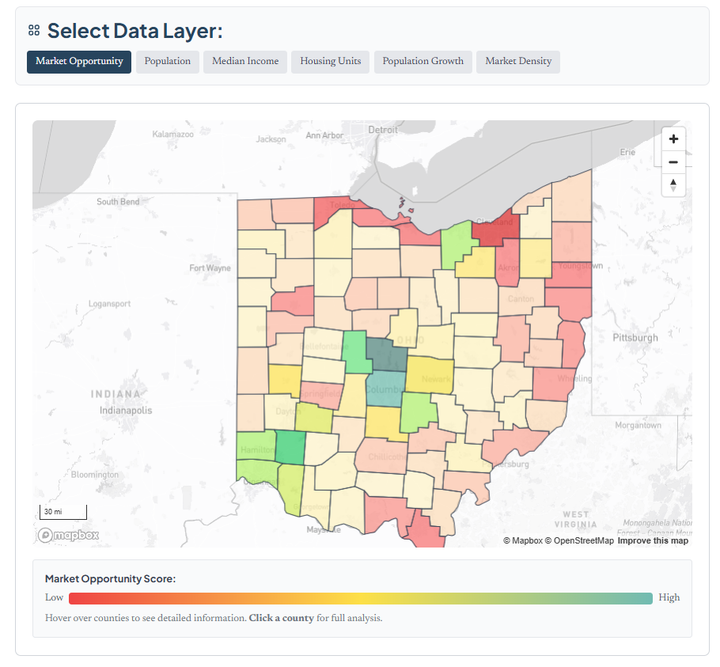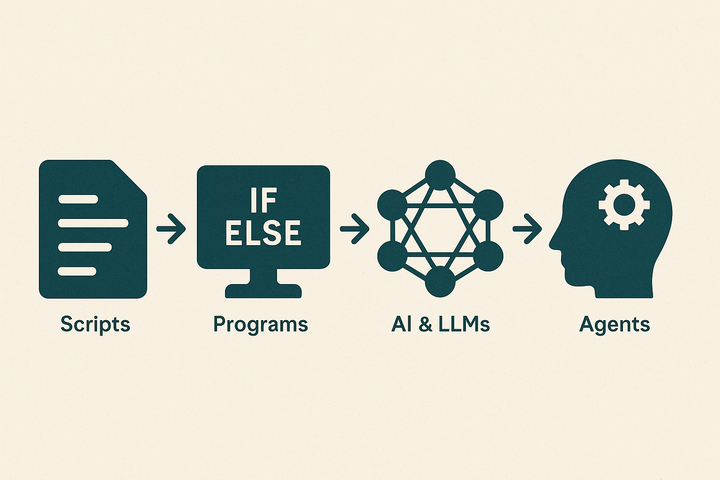The Cone of Uncertainty: Why Estimates Are Often Wrong—and How They Improve Over Time
Why are early estimates always wrong? Learn how the Cone of Uncertainty helps teams and stakeholders align expectations as project clarity improves over time.

When you're planning a project—especially one involving software development, product design, or other complex systems—it's natural to want clear answers to simple questions:
"How long will this take?"
"How much will it cost?"
"When can we launch?"
But if you've ever been involved in building anything complex, you know the frustrating truth: the answers to those questions tend to change as the project evolves. Why? Because you simply don't know what you don't know at the beginning. This isn’t a failure of planning or discipline—it’s a predictable, repeatable pattern.
Enter the Cone of Uncertainty: a visual model that explains why early project estimates are often wildly inaccurate, and how they become more reliable as a project progresses.

📘 Original Source: This concept and its original visualization were introduced by Steve McConnell and Construx Software.
Learn more at Construx: The Cone of Uncertainty
What Is the Cone of Uncertainty?
The Cone of Uncertainty is a concept from systems and software engineering that shows how the range of possible outcomes (effort, time, cost) is widest at the beginning of a project. As more information becomes available, that range narrows and your ability to forecast improves.
Visualizing the Cone
- At the Initial Concept stage, your estimate could be off by a factor of 4 in either direction. If you think a task will take one day, it could take four—or it could take just 15 minutes.
- As you progress through Product Definition, Requirements Gathering, and Design, the range of variability shrinks.
- By the time you reach Development and Deployment, your estimate range typically tightens to ±10-15%.
The shape of the cone is wide at the start and narrows toward the end, visually representing this increasing certainty.
Why This Matters for Stakeholders
We often hear stakeholders express frustration when estimates change. It can feel like the team is being evasive or inconsistent. But understanding the Cone of Uncertainty helps reframe these moments as expected milestones in the process of refining knowledge.
Here’s a stakeholder-focused summary:
Stakeholder Briefing: Understanding the Cone of Uncertainty
When we begin a project, one of the first questions we face is:
“How long will this take?”
The honest answer is: It depends on how much we know.
This is where the Cone of Uncertainty comes in—a proven model that helps manage expectations around project estimates.
What the Cone Shows:
- At the Initial Concept stage, we might be off by as much as 4x.
- As we define the product, clarify requirements, and complete design, our estimates improve.
- By implementation and deployment, we are within ±10–15% accuracy.
Why This Matters:
- Early estimates are directional, not definitive.
- Changes in scope or clarity affect our ability to forecast.
- Improved accuracy is a sign of progress, not failure.
How We Use This in Practice:
- We provide range-based estimates early on.
- We commit to tightening those estimates as clarity increases.
- We use the cone to support better decisions, not to avoid accountability.
The Cone of Uncertainty is not an excuse—it’s a framework for making smarter decisions in the face of complexity.
Why This Also Matters for Developers, PMs, and Builders
If you're the one building the thing, you already know the feeling: You’re asked for an estimate before you even know what you’re building.
Instead of rolling your eyes or giving a defensive response, use the Cone of Uncertainty to educate. This model gives you language and a visual tool to:
- Set realistic expectations without seeming uncooperative
- Advocate for discovery, prototyping, and definition phases
- Defend agile, iterative planning cycles
- Explain why "just give me a number" is a trap, not a solution
Aligning the Team
Everyone—from engineers to executives—needs to understand that:
- Uncertainty is not a bug in the process; it’s a feature of early-stage work
- Estimating is a dynamic, evolving discipline, not a one-time guess
- Communicating uncertainty early builds trust, not fear
When to Use This Model
Use the Cone of Uncertainty:
- During kickoff meetings
- When scoping a new project
- As part of your estimation process
- To explain shifting timelines or budgets
- In stakeholder presentations or sprint planning
Closing Thought
Estimation isn't magic. It's a process of reducing uncertainty over time. The Cone of Uncertainty gives you a shared mental model to talk about complexity, risk, and reality in a way that empowers teams and educates stakeholders.
If your estimate changed… maybe that means you're doing it right.
Need Help Applying This Strategy to Your Business?
If you're managing complex projects and want help refining your estimation process, aligning stakeholders, or integrating better systems for planning and execution, contact Polaris Pixels.
Our expert consulting services ensure you're leveraging the right tools and frameworks to deliver confidently—on time and on budget.



Comments ()